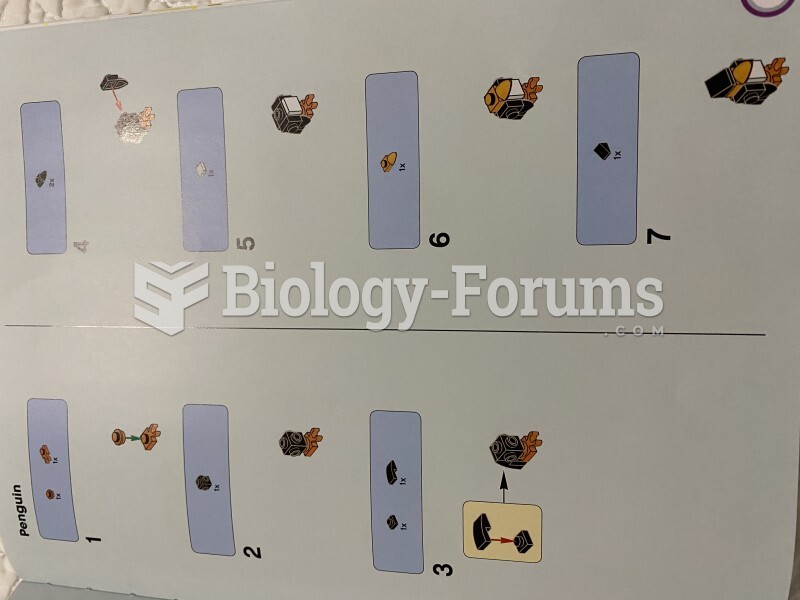Answer to Question 1
C
Answer to Question 2
A metacommunication is a message that, although not expressed in words, accompanies a message that is expressed in words. For example, Do not be late for work communicates caution; yet the sentence might imply such additional ideas as You are frequently late, and I am warning you, or I doubt your dependability. Your solution is perfect might also convey a metacommunication such as You are efficient, or I certainly like your work. Whether you are speaking or writing, you can be confident that those who receive your messages will be sensitive to the messages expressed in words and to the accompanying messages that are present but not expressed in words.
Kinesic communication is an idea expressed through nonverbal behavior. Receivers gain additional meaning from what they see and hearthe visual and the vocal. Visual kinesic communication includes gestures, winks, smiles, frowns, sighs, attire, grooming, and all kinds of body movements. Vocal kinesic communication includes intonation, projection, and resonance of the voice.
Nonverbal communication includes metacommunications and kinesic messages. Metacommunications and kinesic messages have characteristics that all communicators should take into account. Nonverbal messages cannot be avoided. They can have different meanings for different people. They vary between and within cultures. They can be intentional or unintentional. They can contradict the accompanying verbal message and affect whether your message is understood or believed. They can receive more attention than verbal messages. They provide clues about the sender's background, attitudes, and motives. They are influenced by the circumstances surrounding the communication. They can be beneficial or harmful.







